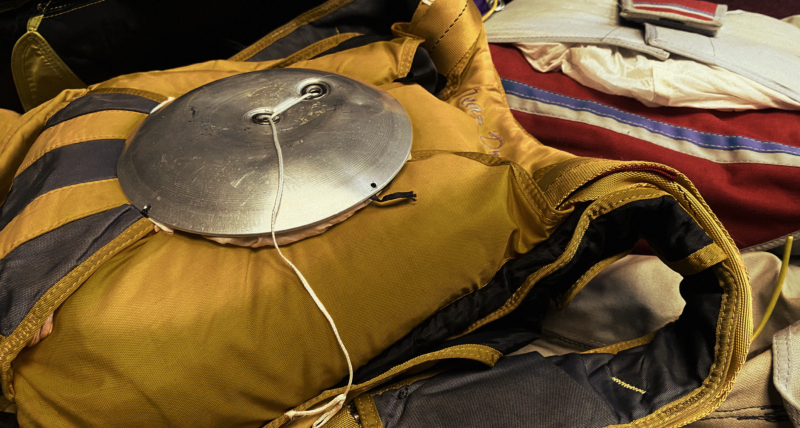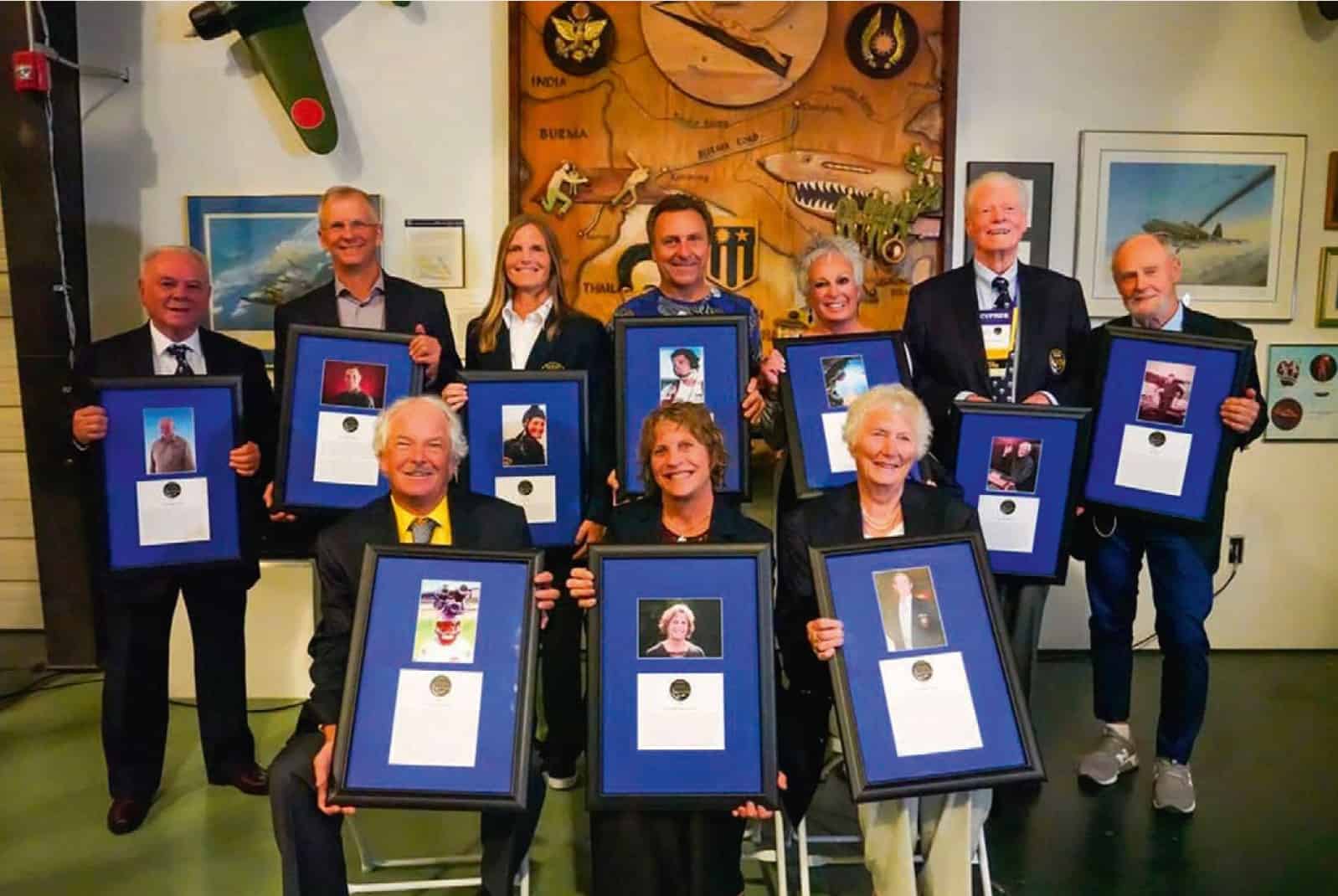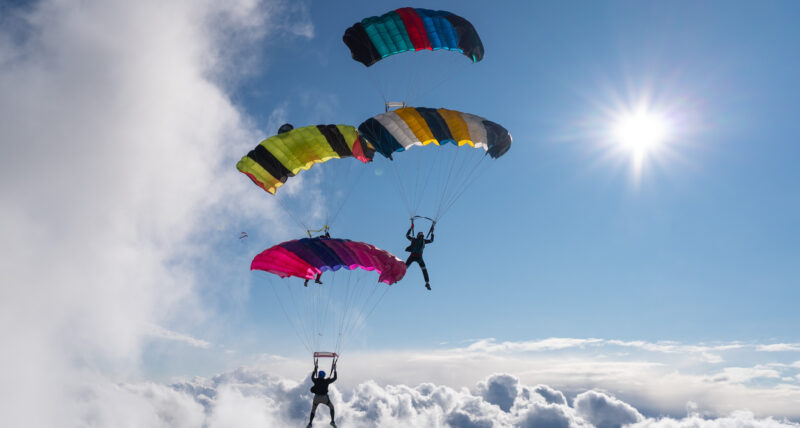The UK Head Up Record fell twice in one weekend, going from 14 to 18 and then to 21. How did we do it, and what’s next?
The current UK Record was a 14-way set in May 2017, but the planning for this record weekend used a different approach. Rather than a two-day September weekend after the Nationals, a four-day bank holiday weekend in May was chosen. This was to increase the number of jumping days and give the participants going to the World Record some final training. The plan was to start in an easier-to-achieve formation and then, when this was completed, increase the number of participants by steadily adding to each sector. Even though the record was earlier in the year, there were many training camps held at Hibaldstow and Langar with people practicing a variety of slots. Training camps were run by Ally Milne and Paul Cooper, both of whom are experienced world record breakers, former teammates and National Champions.
Building it up
The core of any good record is the base, and each flyer in the base was selected well ahead of practising their exact slot. The core four (Ally Milne, Paul Cooper, James Moran and Jan Zackl) launched successfully on every one of the nine jumps that were completed. Since the base was a 6-way, two flyers had to break in. This is a vital slot because, if you don’t get there quickly, the entire formation is waiting. Pete Hutchinson (Horizon) and Matty Mitchell performed excellently in his role and all of Horizon and many members of former team QFX attended too, so they were flying the key slots required for the record. The more support we have from our top teams, the further we can push the boundaries of Freefly records.
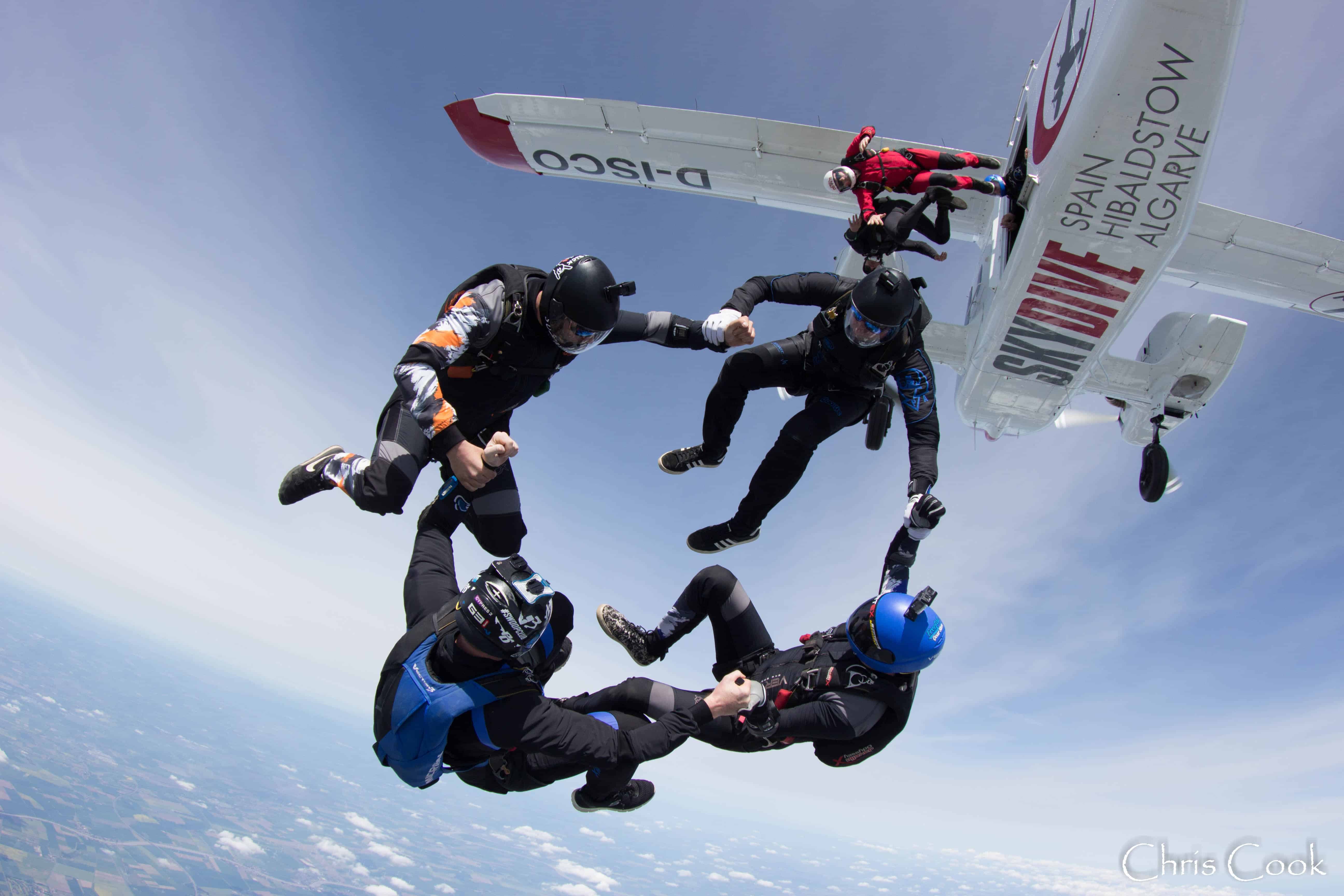
Another key aspect of the formation is a strong, current and positive bench support group. Initially, the support group were filling the extra slots on the trail plane – and hats off to Jakub Langowski for flying in from Poland, getting full BPA membership, leading this group and forgoing being part of the initial record. Once we upped the numbers on the record, he used two rigs to run the support group and fly his slot in the big group. Unlike many previous records, there were many changes in and out of the support group to ensure that as many people as possible had the opportunity to show they could fly. When people were moved to the smaller group, they took it gracefully and many then refocused and made it back in time for the record. At its biggest, the support group was 13 flyers. hen we debriefed the record, both groups took part and worked together. They shared the variety of comedy moments and good spirits when the jumps went well too.
Capturing the footage of the record is one for the most important roles, and Chris Cook of Parallel did an excellent job of filming the jumps and downloading the footage. Chris has an excellent camera pedigree, having more than 6,000 camera jumps, and he’s an experienced 4-way flyer, national champion cameraflyer for 8-way and Freefly videographer too.
Knocking it down
We achieved a completed 18-way after four attempts on the Friday, but we didn’t linger too long to celebrate. Instead, we worked out the plan to add extra people and keep pushing the record frontier forwards. The 18-way record held for one second, which is pretty standard for record-breaking – the 14-way record that we were trying to beat held for 0.5 seconds. With one 21-way attempt on Friday, the team knew we were close to another record.
Saturday was a busy day of jumping, with Hibaldstow managing to keep us in the air during a busy weekend jump programme and some excellent formation flying. On our fourth attempt at a 21-way, we completed it and not only for a second or two, but for six seconds. Everyone on the jump was watching one of the participants take the scenic route to their slot! We knew we were on a roll and had two full days of jumping ahead of us.
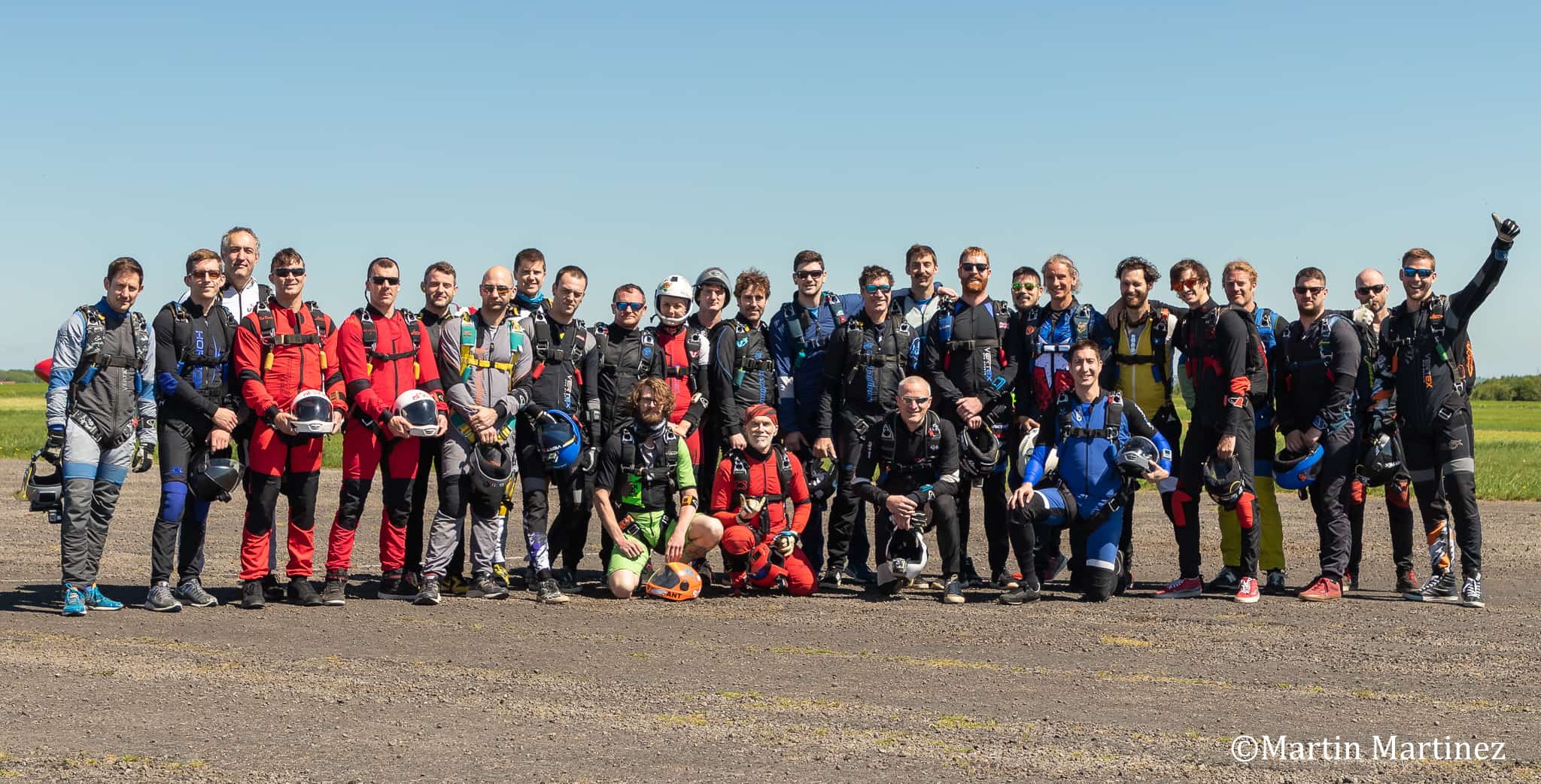
However, the British weather did not co-operate. After a quick shuffle to add some more support team flyers, we only managed one attempt at 24-way which was fingertips away from closing the only shot we had at it. This was to be our last attempt because there was no further jumping on Sunday or Monday.
What is the future of UK records?
We as a country are progressing and growing in skills, experience and discipline in all areas of the sport – not just freeflying. But, as the size of records increases, so too does the difficulty in organisation. That means it’s even more important to have training camps, the right aircraft availability and, of course, the essential logistics and planning. Currently, we have been running Head Up and Head Down Records on alternate years, but this means we will be out of kilter with the World Record which is due to be Head Down next in 2021. Also, to set a record that can beat the current 37-way, we will need either three aircraft or two large tailgate aircraft and we might possibly need to go to a higher altitude as well. Perhaps next year would be a great year to start the ball rolling with Head Down
Sequential Records, using this as a spring board to break the Head Down Record?
One thing is for certain: getting out of your comfort zone at your home DZ and jumping at a variety of load-organised events is the way to progress. One of the most difficult jobs for an organiser is picking people if they haven’t flown with them before, so getting to know organisers is a great idea and you’ll know what to work on to get to the next level. Our role as organisers is not just how to find the next generation of record-breakers, but how to build them!
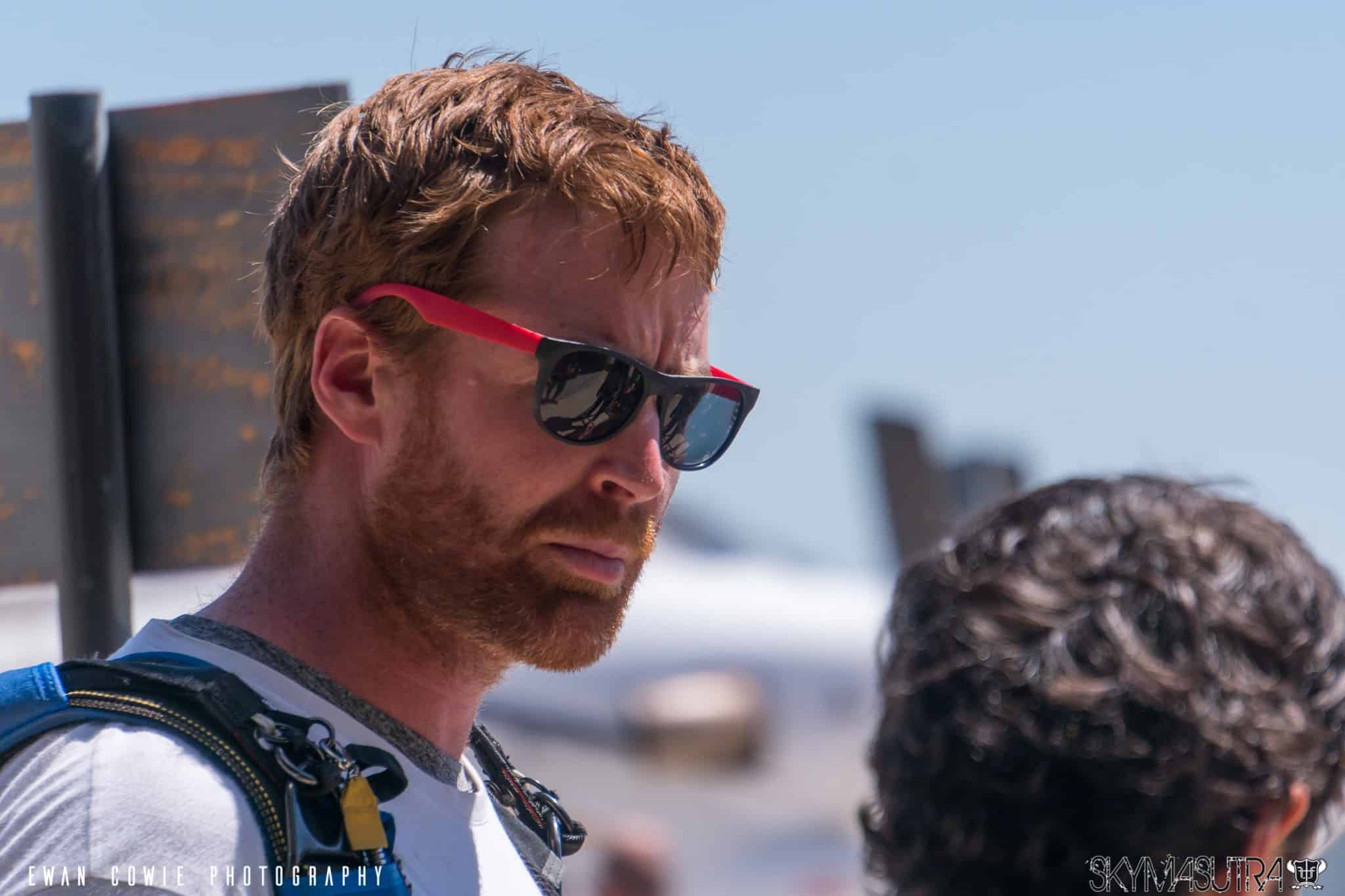 by Ally Milne.
by Ally Milne.
Ally is a full-time professional Instructor and Coach who is available to run skills camps worldwide and who has broken world records in FS, Head Down and Head Up. He would like to thank his sponsors, Performance Designs, United Parachute Technologies, Airtec, Cookie Composites, Larsen and Brusgaard and Vertex Suits, and you can contact him at allymilne@live.co.uk.
Aerial Photos: Chris Cook / Ground Photos: Martin Martinez
 First published in the August 2019 issue of Skydive the Mag.
First published in the August 2019 issue of Skydive the Mag.



